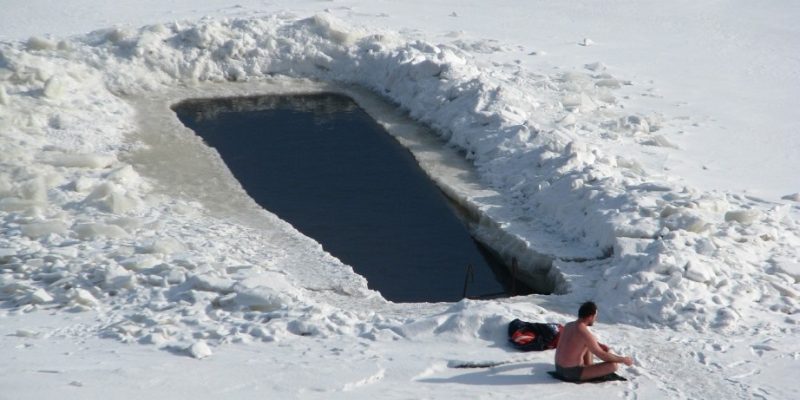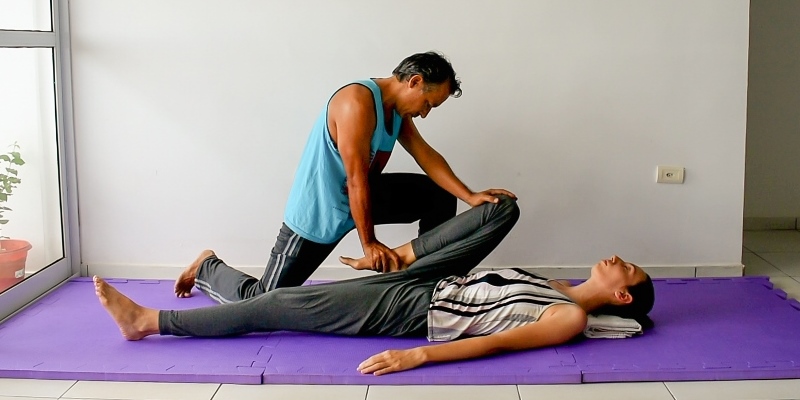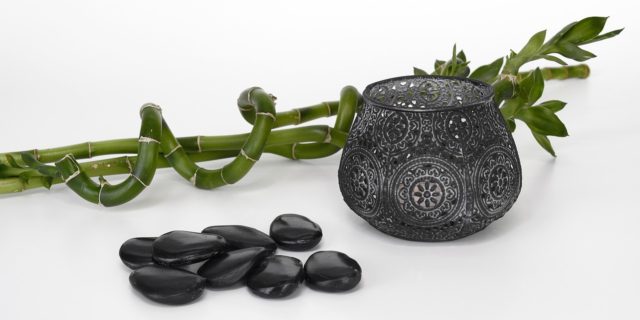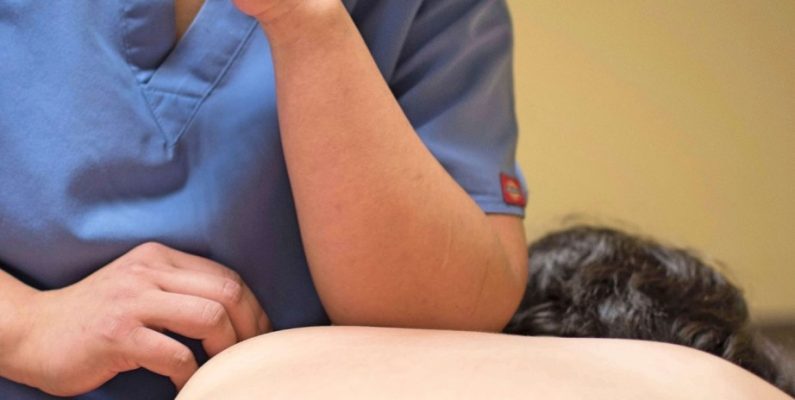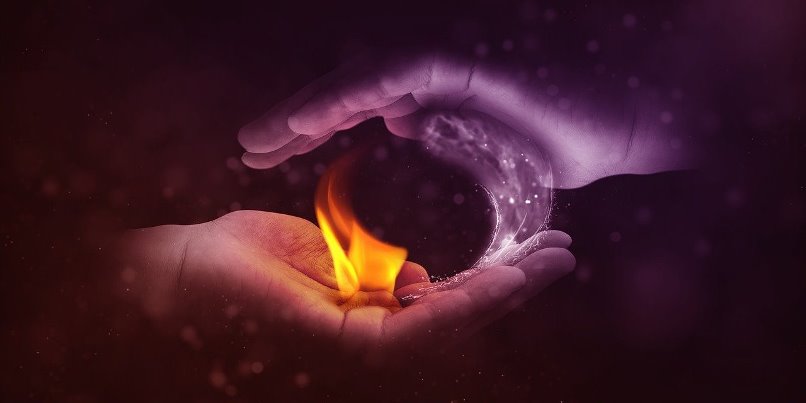
One of the core ideas in massage therapy is that heat is good for the body, that is, beneficial for relaxing muscles, tendons and other tissues, and beneficial for our circulatory system.
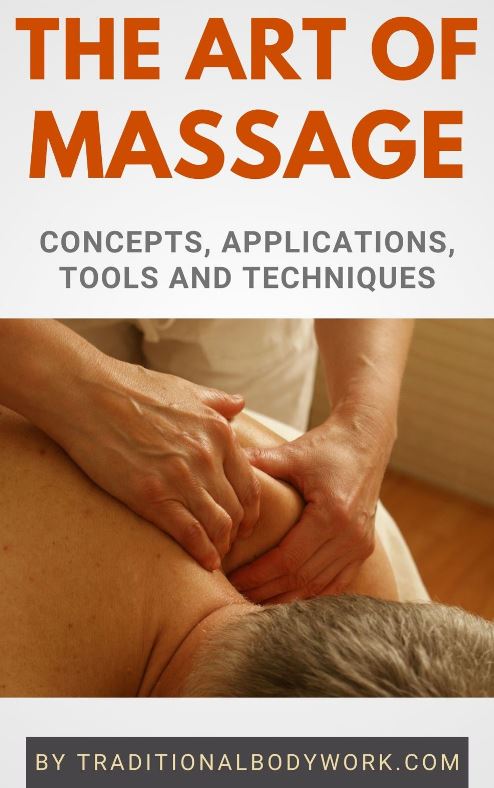
Apart from the immediate physiological results of using heat, relaxed body tissues induce feelings of stress-relief and general wellbeing, and contribute to reducing chronic pains, muscle cramps, and spasms.
Heat widens body cells, widens the veins and arteries and makes it easier for blood to reach the capillary blood vessels. This in turn helps to better feed all cells in our body with the nutrients they need, promotes waste removal (detox) through the lymphatic system, and as such, stimulates the immune system, healing, and an overall healthy functioning of our bodies.
Mind that hot therapies are generally not used if the body or skin is already hot, red, or inflamed, or if the receiver has dermatitis or an open wound.
Using heat in massage therapy is quite common though. Most of the explicit heat therapies are applied by using hot herbal compresses, hot stones, and hot (warm) oils. Additionally, some oils, creams, ointments and lotions that can be used to massage have ingredients that warm the body.
Another application of heat we find in aquatic massages, which take place in warm water to provide health benefits and relaxation.
And — let’s not forget this — simply by moving and massaging the body i.e. kneading, rubbing, stroking, mobilizing, and stretching, and such, the body produces internal heat, which, as said, is beneficial for the blood circulation and relaxation of bodily tissues.

Cold therapies on the other hand are typically used to treat injuries and inflammations in the first 48 hours after an injury. Applying cold packs or compresses (with or without herbs) or even ice cubes or cold water immersions on injured or inflamed body areas reduce inflammations by decreasing blood flow to the area (due to the low temperatures) and thereby also reduce the risk of swelling and tissue damage. Cold also numbs, which may help to reduce pains.
If an area is overheated, cold massage treatments can also help in cases of osteoarthritis, gout, strains, tendinitis, or irritation in the tendons, to just give some examples.
In the case where there’s no injury or inflammation, alternating heat and cold treatments can help activating i.e. stimulating the body and its blood circulatory system and reduce muscle pains.







